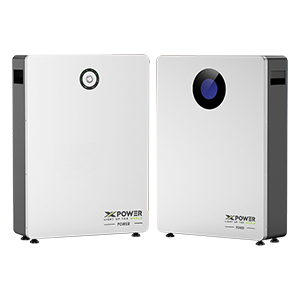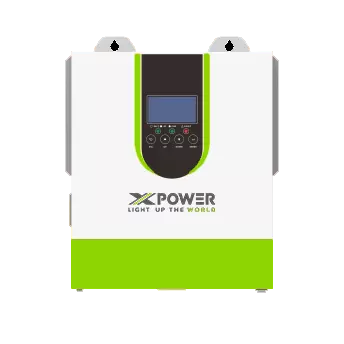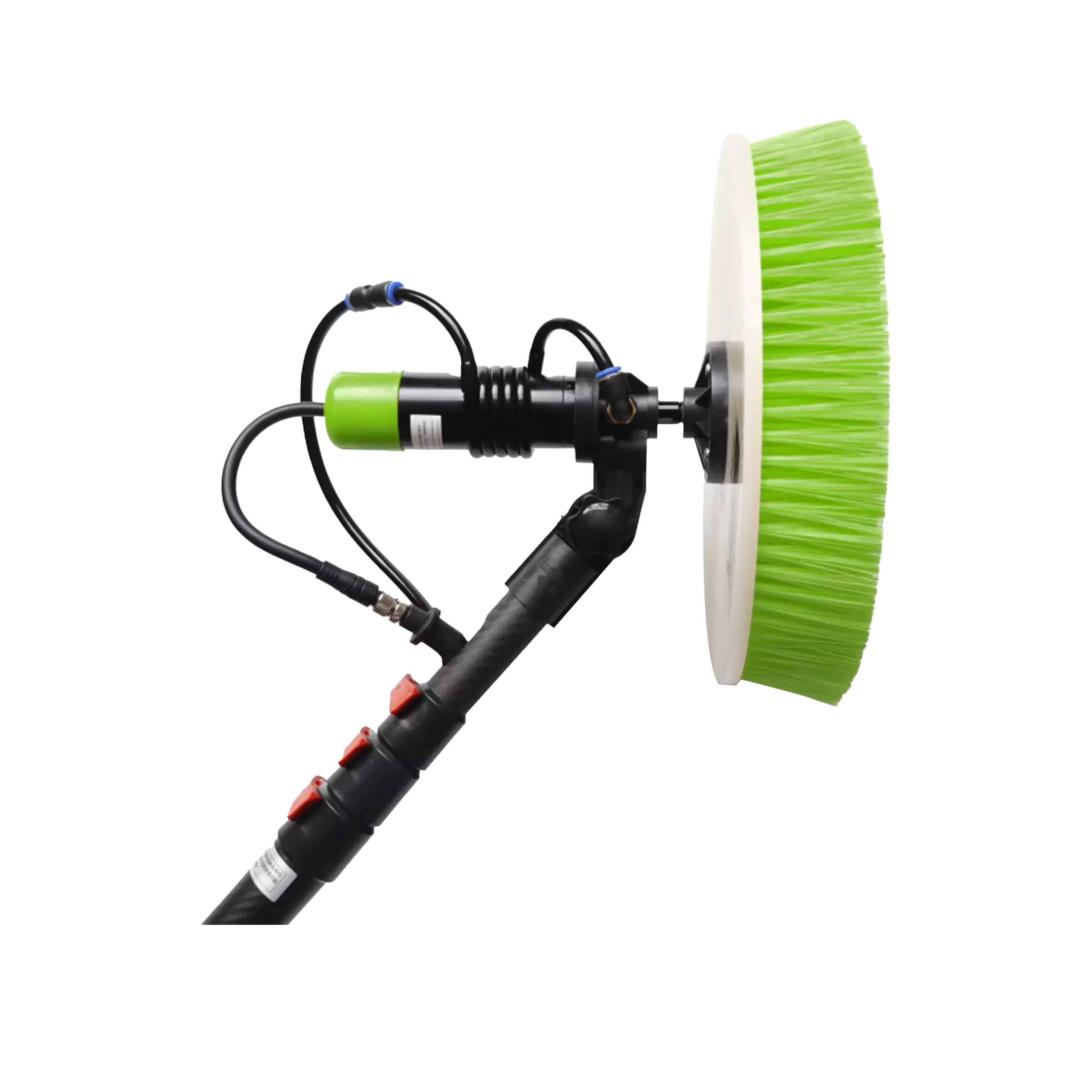Can DC solar panels be connected to an existing electrical grid system?
Time of Release : 2023-12-18
As the global shift toward sustainable energy gains momentum, more individuals and businesses are turning to solar panels to lessen their reliance on traditional power sources. A recurring question in this transition involves the integration of DC solar panels with established electrical grid systems. This article aims to delve into the practicality and advantages of linking DC solar panels to an existing grid infrastructure, emphasizing crucial considerations and steps involved in the process.
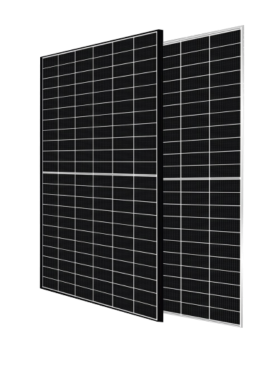
Distinguishing DC from AC:
Unlike the prevalent use of AC (alternating current) in electrical grids, DC solar panels generate direct current electricity. When connecting solar panels to the grid, it is vital to address compatibility and safety measures due to this fundamental difference.
Options for Grid Connection:
Linking DC solar panels to an existing electrical grid system offers several options:
a. Grid-Tied System with String Inverter:
The most common approach involves a string inverter, which transforms DC power generated by the solar panels into AC power, aligning it with the grid’s electrical characteristics. This setup enables surplus energy to feed back into the grid, reducing or potentially eliminating reliance on grid power during daylight hours.
b. Grid-Tied System with Microinverters:
Alternatively, microinverters, attached to each solar panel, convert DC power to AC power at the panel level. This arrangement provides enhanced performance monitoring and facilitates system expansion or scalability.
c. Grid-Tied System with Power Optimizers:
Power optimizers, akin to microinverters, are linked to individual solar panels to optimize DC power output before central inversion to AC power. This solution boasts improved performance monitoring and individual panel-level optimization.
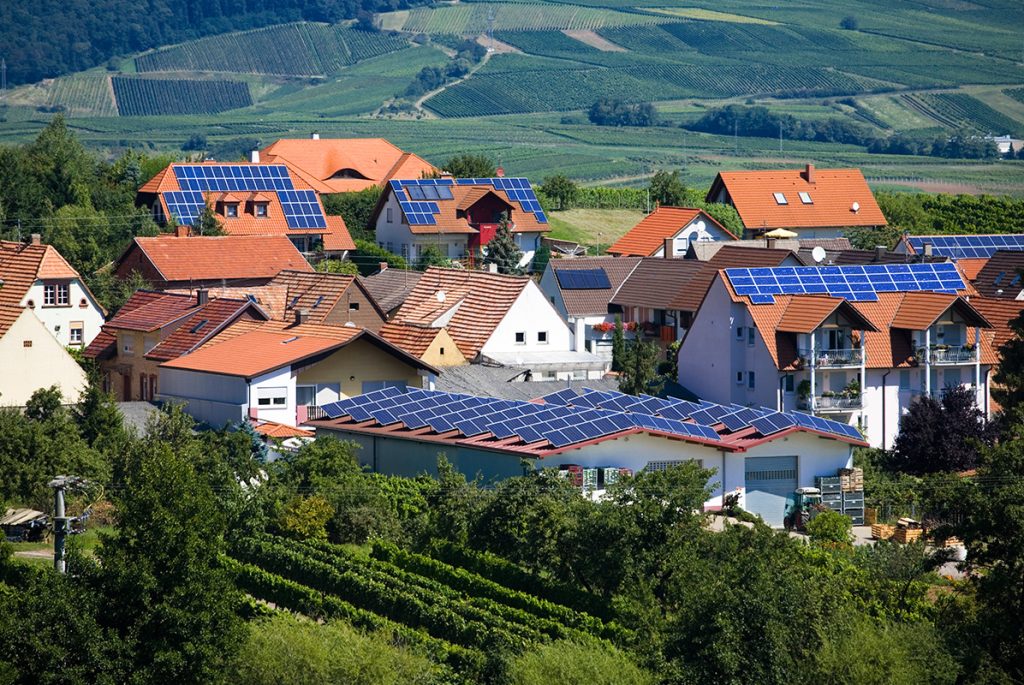
Safety and Compliance:
Integrating DC solar panels into the electrical grid necessitates adherence to local regulations and strict safety measures. These include proper grounding, overcurrent protection, and compliance with electrical codes. Consulting a qualified electrician or solar installer is highly recommended to ensure compliance and safe operation.
Benefits of Grid Integration:
The integration of DC solar panels into existing electrical grid systems presents a range of advantages:
a. Reduced Energy Costs:
By generating one’s electricity, significant reductions or even eliminations of monthly electricity bills become feasible. Surplus energy produced during peak sunlight hours can be sold back to the grid, potentially resulting in credits or income.
b. Environmental Benefits:
Clean and renewable, solar energy diminishes reliance on fossil fuels and lowers carbon emissions. Aligning solar panels with the grid aids in fostering a more sustainable energy future.
c. Grid Stability:
Grid-tied solar systems contribute to stability by alleviating strain during periods of high demand. Excess solar-generated energy can be utilized by other consumers, promoting efficient energy distribution.
Integrating DC solar panels with existing electrical grid systems represents a viable and beneficial choice for homeowners and businesses seeking to embrace renewable energy. Through appropriate equipment, safety protocols, and observance of regulations, solar panel systems can curtail energy costs, deliver environmental benefits, and bolster grid stability. As the world advances towards a cleaner and more sustainable future, the integration of solar power into existing grids assumes growing significance.


